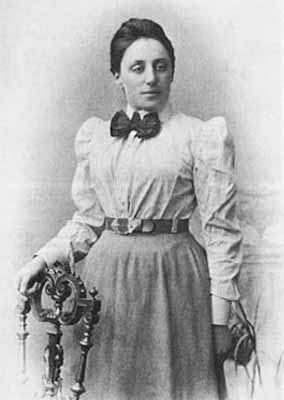 Emmy Noether, 1882-1935 |
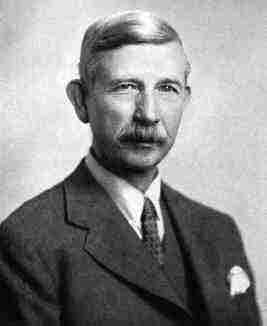 Joseph H. M. Wedderburn, 1882-1948 |
 Emil Artin, 1898-1962 |
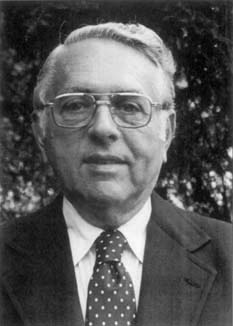 Nathan Jacobson, 1910-1999 |
 Emmy Noether, 1882-1935 |
 Joseph H. M. Wedderburn, 1882-1948 |
 Emil Artin, 1898-1962 |
 Nathan Jacobson, 1910-1999 |
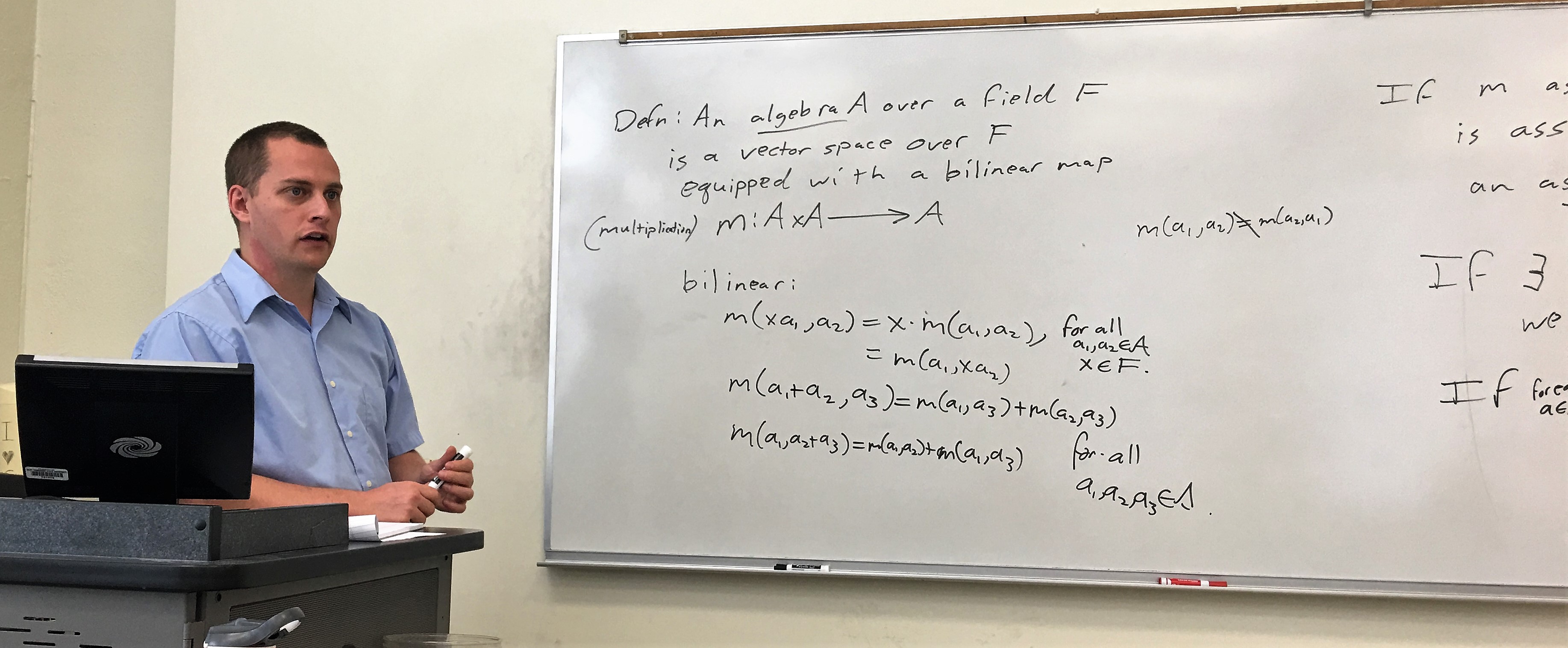
COURSE: MATH 5090-001
TIME: 2:45-3:40, PLACE: Gilbreath Hall 304
INSTRUCTORS: Robert "Dr. Bob" Gardner and Rodney Keaton, OFFICE: Room 308F of Gilbreath Hall (Gardner)
OFFICE HOURS: TR 3:35-4:00 and by appointment (Gardner) PHONE: 439-6979 (Gardner), Math Office 439-4349
E-MAIL: gardnerr@etsu.edu
WEBPAGE: http://faculty.etsu.edu/gardnerr/gardner.htm
TEXT: A First Course in Noncommutative Rings 2nd Edition (Graduate Texts in Mathematics, Book 131), by Tsit-Yuen Lam, Springer (2001). The first edition of this book is available in the ETSU Sherrod Library (QA251.4.L36 1991).
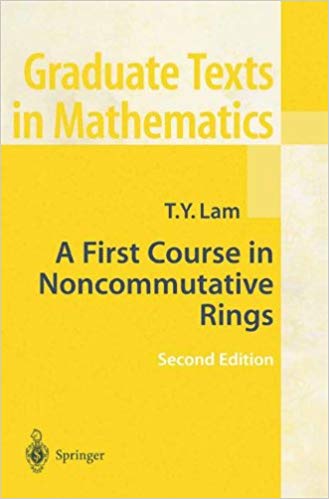
ABOUT THE COURSE: As stated on the proposal for this class (as prepared by Ms. Powers and Mr. Carney): "The highlights of the subject matter of this course are: basic ring theory and terminology, Wedderburn-Artin theory of semisimple rings, Jacobsonís theory of the radical, representation theory of groups and algebras, prime and semiprime rings, primitive and semiprimitive rings, revision rings, ordered rings, local and semilocal rings, and perfect and semiperfect rings. Of course, the entirety of the subject matter of this course is not limited to these subtopics." This is an ambitious list of topics and will likely be greatly shortened. We will explore some recent research results concerning the structure of the set of roots of polynomials of a quaternionic variable and the extension of some polynomial results from the complex setting to the quaternionic setting.
GRADING: As stated in the proposal for this course (as written by Mr. Carney and Ms. Powers), students will "develop proficiency in the material covered by the text by working through the book and its exercises." Students will type up notes and exercise solutions that could be used in a future course in noncommutative rings. The instructor will evaluate this material and assign numerical grades. The final grade will be assigned based on a 10 point scale with "plus" and "minus" grades being assigned as appropriate. Based on the assignment of grade points by ETSU, the plus and minus grades should be given on a 3 point subscale. For example, a B+ corresponds to an average of 87, 88, or 89; an A- corresponds to an average of 90, 91, or 92; an A corresponds to an average of 93 to 100 (ETSU does not grant A+ grades, and the lowest passing grade for a graduate course is C), etc.
ONLINE NOTES: As material is developed during the class, it will be prepared in LaTeX and posted online in PDF. This material will include definitions, some motivational comments, and statements of lemmas, theorems, and corollaries, and detailed proofs. The is will be posted at:
OUTLINE OF TOPICS:
We will attempt to cover topics from this list:
Chapter 1: Wedderburn-Artin Theory.
Definitions, examples, exercises, semisimple rings.
Chapter 2: Jacobson Radical Theory.
Definitions, examples, exercises, Jacobson radical, group rings.
Chapter 3: Introduction to Representation Theory.
Definitions, examples, exercises, modules, representations of groups, linear groups.
Chapter 4: Prime and Primitive Rings (optional).
Definitions, examples, exercises, prime radical, prime and semiprime rings, the Density Theorem, subdirect products.
Chapter 5: Introduction to Division Rings.
Definitions, examples, exercises, tensor products, polynomials and the structure of their zero sets.
Chapter 6: Ordered Structures in Rings.
Definitions, examples, exercises, preorderings and orderings, ordered division rings.
Chapter 7: Local Rings, Semilocal Rings, and Idempotents (optional).
Definitions, examples, exercises.
Chapter 8: Perfect and Semiperfect Rings (optional).
Definitions, examples, exercises.
The Structure of Zero Sets of Polynomials of a Quaternionic Variable.
OTHER RESOURCES. The following were mentioned in class:
IMPORTANT DATES: (see http://www.etsu.edu/etsu/academicdates.aspx for the official ETSU calendar; accessed 5/16/2018):
Return to
Bob Gardner's home page
Last updated: September 30, 2018.